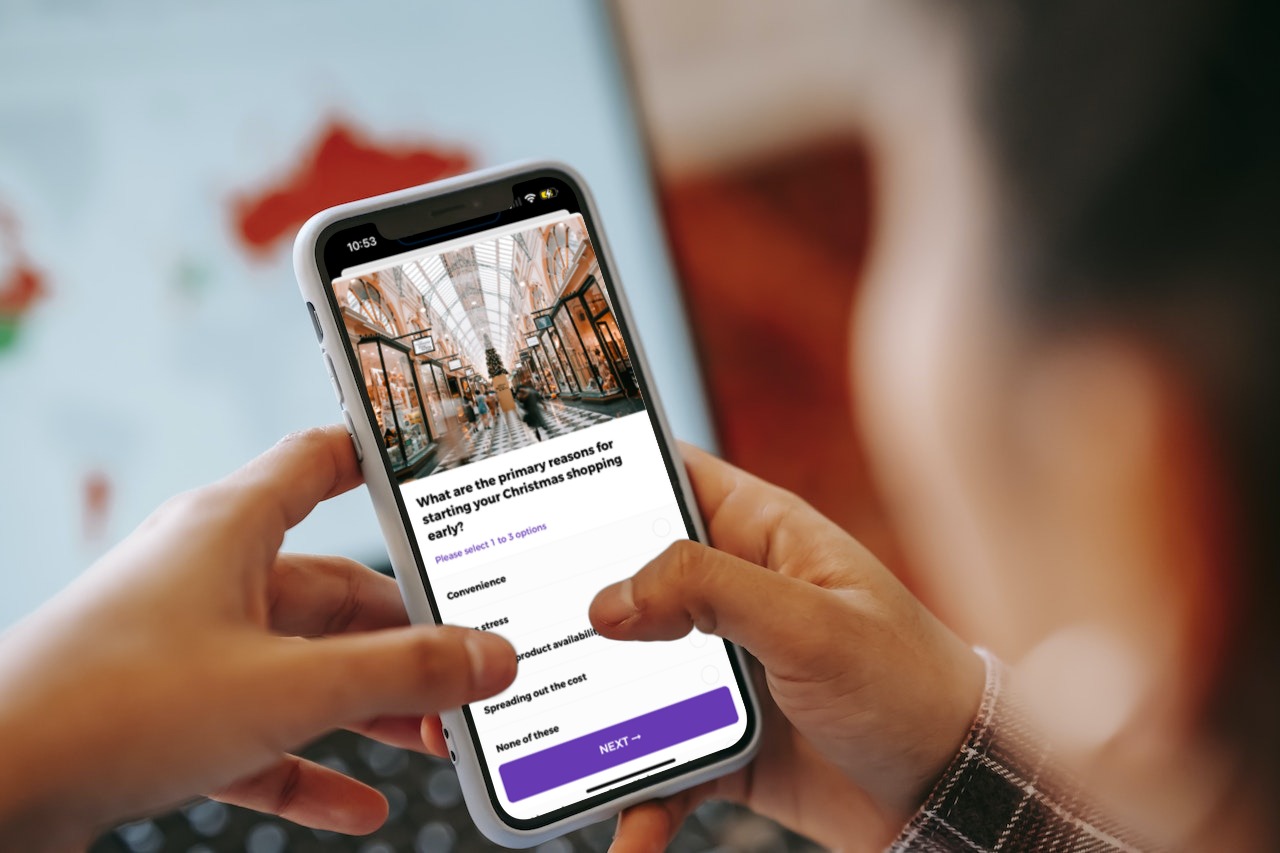Creative Testing Best Practices: How to Maximize Advertising ROI
[…]

Finding the Perfect Creative Combination with Agile Insights
Think you’ve got a stellar ad campaign? You might want to do a couple of rounds of creative testing before you launch.
Ad testing can help you fine-tune your messaging and creative for optimal results.
As marketing budgets get tighter, marketers have to be smart with their ad dollars. In this post, we examine how to utilize creative testing to improve ad performance and control costs.
Recommended: How to Quickly Validate Your Go-to-Market Strategy
Why Creative Testing Is Important
If you thought the pain at the pump was bad, have you looked at your digital advertising costs?
Inflation and increased demand for impressions is driving digital advertising costs to all-time highs. Facebook average CPMs are up 61% this year, while Google’s programmatic display CPMs rose 75% over last year, according to recent reports.
When advertising was cheaper, marketers might develop two different versions of an ad and then run an A/B test with creative on Facebook or Google. After a couple of weeks, they allocate more of their budget to the top-performing creative.
With skyrocketing ad costs, you no longer have the luxury of doing creative testing on live campaigns. A low-performing ad could eat up a large portion of your budget within a couple of weeks. You’re better off launching with a campaign you know will resonate with your target market.
Developing Ads with Creative Testing
Creative testing isn’t just for large agencies with research budgets and teams. With new agile research methods and tools, anyone can incorporate creative testing into the advertising development process.
You’ve probably heard the term agile applied to software development, but the same methodology can be applied to your marketing and research projects. Instead of making a plan from A to Z, you break things into smaller chunks. How can I get from A to B? Make a plan. Do it. Then regroup to apply what you learned so you can make a better plan for getting from B to C.
With traditional campaign development and research approaches, if you did any creative testing at all, it was probably at the end after you’ve come up with the messaging and visuals. Agile allows you to ask questions along the way to guide the creative development process.
Step 1: Plan and Research
To get started with your creative development and testing, you need to make a plan. If you have a solid idea for a campaign, then you can plan the research you need to validate the ideas.
But if you’re staring off into space and hoping inspiration will strike, stop waiting. Do some research to generate ideas instead.
Let’s look at an example of an energy drink company. Before they even write a single line of copy or look for the right photo, they can do a short survey to narrow down their search. They could ask:
- Question #1: What words come to mind when you think of the term “energetic?”
- Question #2: Which of these colors best represents the word “bright?”
- Question #3: Which of the following images are you most attracted to?
Step 2: Analyze
Agile research should always inform your next actions. The energy drink company can use the responses to the three questions to decide what words and visuals could work best.
The word responses make it clear they need to use vibrant, fast, and happy language.
For the visuals, they have clear winners with the yellow color and cove imagery.
Step 3: Implement or Adapt
Now it’s time to apply what you’ve learned. Clearly, the energy drink company needs to scrap the pink flamingo ads. They should develop ad concepts using the insights from their research.
Think of how much time and money they saved by asking first instead of developing ads and then testing. With just three short questions, they gained a lot of insight into how to develop ads that resonate with their audience and core messaging.
Step 4: Repeat
Agile research and creative testing are both iterative processes. The obvious next step for the energy drink company is to develop some test ad concepts. They can then plan additional research and tweak the ads based on the feedback. OnePulse even provides the option to set up your own mock A/B test. Ask people which ad they would be more likely to click on.
Advantages of Using Agile Research for Creative Testing
By the time they actually launch a campaign, the energy drink company may go through several rounds of research and testing. That’s not possible when you use traditional research methods. Using agile research for creative testing provides faster turnarounds, lower costs, and better insights.
- Faster Turnarounds – Traditional creative testing involves convening a focus group or running split A/B tests on actual campaigns. Both take time. No one wants to wait on results when they’re trying to launch a campaign. Research doesn’t have to slow down your creative process. By using OnePulse to execute a quick three-question survey, you can have results in 15 minutes.
- Lower Costs – Traditional research is expensive. Running an A/B test on a live campaign isn’t cheap. You still have to pay for those test impressions. Agile research is affordable and should produce better-performing campaigns. By doing creative testing and research during the development process, your ads should experience higher conversion rates.
- Better Insights – Our energy drink example shows how a company can get 500 responses in minutes. Focus group feedback is typically limited to around a dozen people and is subject to the group bias effect. People naturally want to fit in or avoid conflict, so they will agree with what they think is the consensus instead of voicing their opinion. Agile research tools allow you to get more unfiltered reactions from your target market.
Creative Testing With OnePulse
Fifteen minutes. It’s really all it takes to get quality feedback for your creative testing. You can create your OnePulse account and send your first survey today. The platform is that easy to use. Don’t settle for low conversion rates. Incorporate more research and creative testing into your workflow.
Related posts








